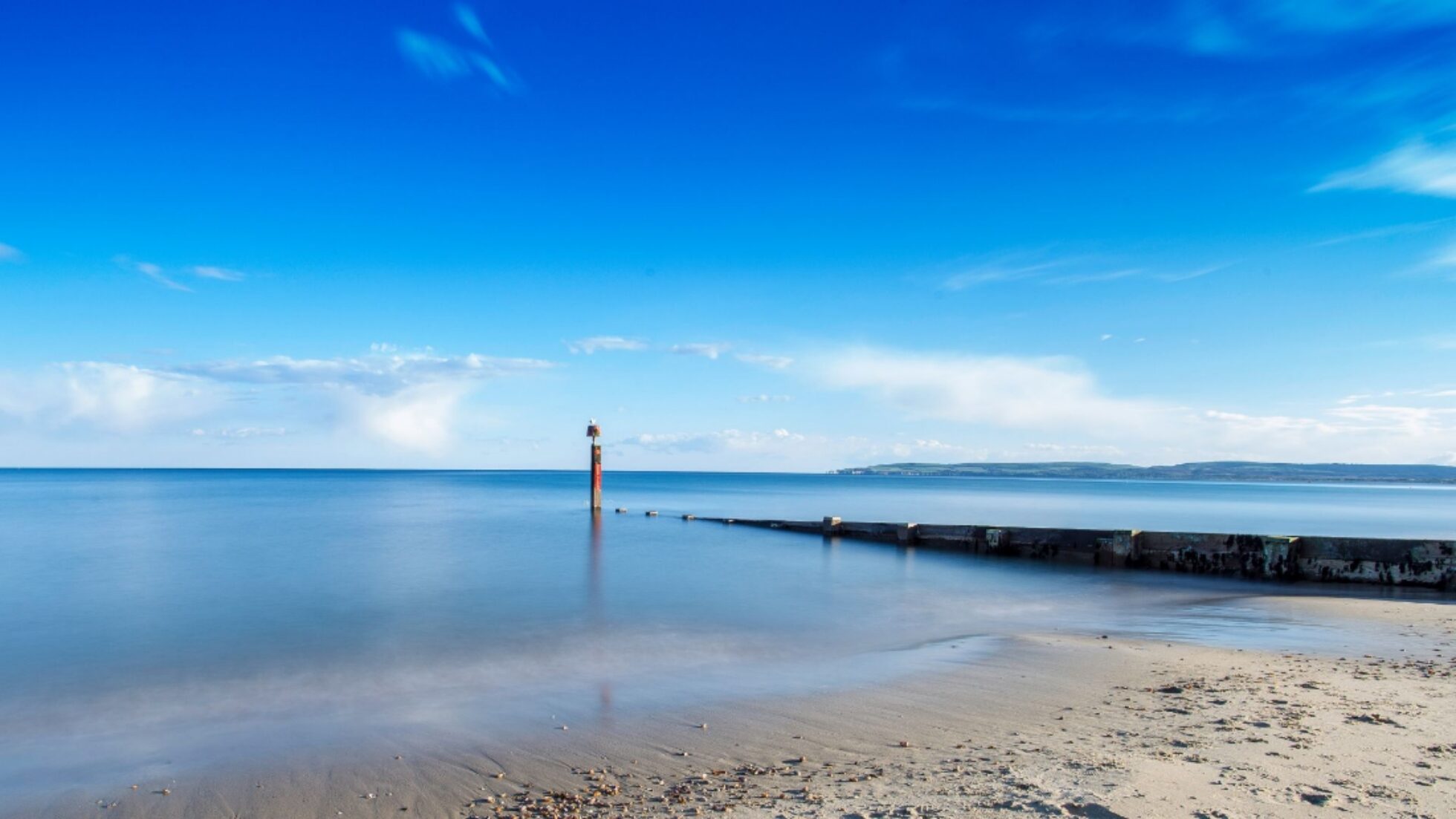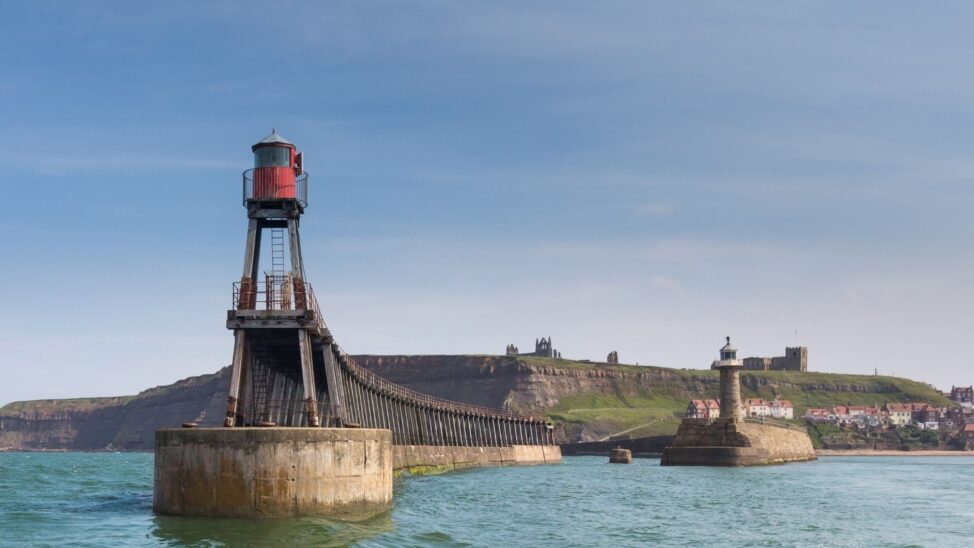Oh, Britain does like to be beside the seaside

A recent report has urged the government to help save Britain’s once thriving coastal communities. Here, we discuss what can be done to equip Britain’s seaside towns with the tools they need to survive in a modern, globalised world.
Coastal communities that once thrived as pleasure resorts in the 19th century have been neglected for “too long”, according to a report by the House of Lords Select Committee on regenerating seaside towns.
The committee has called for the government’s help in enabling Britain’s seaside towns to once again become prosperous and desirable places to live in, work in and visit. For this to be achieved, peers have put forward a series of recommendations:
- Prioritise enhancements to the coastal transport network due to poor links “severely hindering” opportunities to bring about improvements to tourism or for attracting inward investment; and
- Promote initiatives to support digital connectivity as substandard internet connections and poor infrastructure mean many coastal areas are lagging considerably behind urban areas; and
- Raise educational standards as a limited access to education, particularly further and higher institutions, is cited as “disadvantaging young people and acting as a barrier to growth”; and
- Regenerate the existing housing provision and construct better quality new builds to attract key workers to the area.
Think long-term
The realisation that there is no quick fix or one size fits all approach is vital, according to Sara Boonham, head of town centre regeneration.
“It seems like the unique USPs of seaside towns have disappeared and, in order to drive income in the long term and revive the communities, people need to be given a reason to visit.”
“Those investing need to conduct a sensitive appraisal of the future vision of the town and be prepared to look for a longer-term return,” she said.

Brighton Pier
The need to be strategic
Instead of resolving issues on a town-by-town basis, a collective response and strategy is likely to be required between several seaside communities, according to Deborah Rose, head of development services.
“It is unlikely that each seaside town can provide their own independent offers when it comes to tourism due to duplicate attractions in neighbouring communities,” she continued.
“By working strategically, nearby seaside towns within travelling distances of each other could join forces to offer a very strong collective offer of a broad range of all weather, four season attractions, destinations and facilities.”
Deborah believes the strategic approach to planning and visioning would also mean that it could be possible to create a ‘lifestyle offer’ that is more capable of attracting key workers and creating a more balanced population.
She added: “Even a top-class marketing campaign, as suggested by the report, would be unlikely to attract professionals if the area cannot provide all the lifestyle components they require.
“In the short term, it may not be possible to attract good teachers, as an example, to live in the towns themselves. However, it may be more likely to entice them into nearby, high-quality locations, which provides them with access to everything they seek, along with a reasonable commute to their seaside town workplace.
“As the seaside town improves, partly through the improved education, the commuting teachers may then choose to relocate, and so the process of regeneration continues.”

A balance of tourism and liveability
While the report places a significant emphasis on tourism, this will not be appropriate for all seaside towns as a key driver for economic sustainability, Deborah explained.
“Firstly, each town has to be a ‘living town’ where people want to be for 12 months of the year,” she continued.
“Some can also be tourist destinations, but in order to meet that aspiration, they will need to ensure they have a strong enough offer to provide employment for local people. Without it, there is little point training people for tourism-related jobs.
“For some towns, the coast is part of their offer and a key asset that contributes to the overall attractiveness of the community but will not in itself lead to sustainable economies or communities.”
Industrial port towns
Building on this, when considering British coastal towns, there is a distinction to be made between traditional holiday destinations more industrial port towns, according to Andy Rumfitt, national lead for economic development.
He added: “These more industrial, port towns, such as Newhaven – a channel ferry port in East Sussex linked to Dieppe in France – are often seeking a new economic focus and identity, often in the context of significant labour force challenges.

“Culture-led regeneration presents opportunities for coastal towns like Newhaven. But, for such initiatives to be successful, they need to be part of a wider, co-ordinated regeneration framework.
“A clear long-term delivery focus is required on a small number fundable of key priorities. As well as growing and attracting businesses, this may involve improving public realm and creating a well-designed townscape.
“The key challenge for towns like Newhaven is developing a distinctive strategy to leverage assets through long-term spatial planning and by focusing on key, long-term enablers, such as increasing literacy, numeracy and skills in line with future job opportunities.”
So, what does the future have in store for seaside communities?
Victoria Brambini, managing director at Perfect Circle, said: “It is clear that economic and social change – such as flexible holiday entitlements, package deals and cheap air travel – have had an impact on the fortune of coastal towns.
“If you add a lack of good quality transport connectivity into the equation, it is easy to see why these communities are in desperate need of regeneration. Brighton is a testament to how good quality travel links – with more than 300 trains running between London and Brighton every day – can benefit a seaside community’s economic fortunes.
“Another factor in revitalising coastal towns is education. The likes of Bournemouth, Southampton and Aberystwyth rely on universities and students for their contribution to the local economy – with education investment also bringing cultural investment.
“A single solution to these challenges doesn’t exist. Instead, a package of strategic initiatives where local and national government – along with businesses, local communities and the construction industry – work together is needed to address these issues and ensure our much-loved seaside towns thrive once more.”

